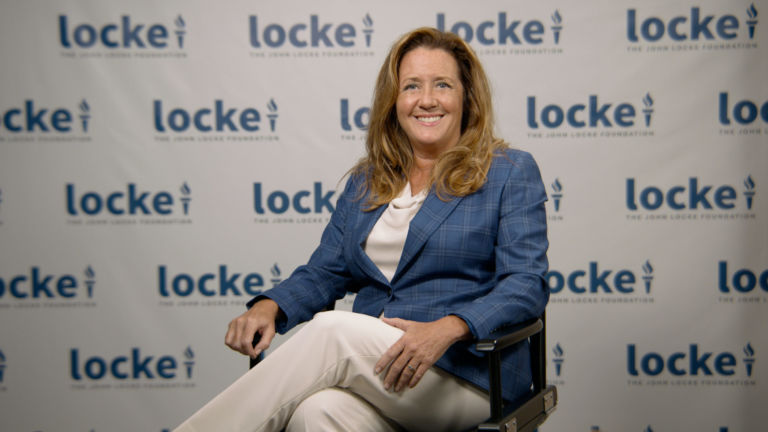The prospect of criminal justice reform has several intriguing aspects in North Carolina, from the use of juvenile courts for cases involving 16- and 17-year-old misdemeanor defendants to efforts to roll back the number of laws that catch well-intentioned small business owners who unknowingly violate obscure regulations.
But an article in the latest edition of The American Scholar raises some troubling issues about the use of science to prevent crimes in the future. Drexel law professor Adam Benforado poses “five questions about the future of criminal justice.”
1. Imagine that one day we become really good at predicting who will offend. Our system in this theoretical world isn’t perfect, though. With every forecast, there is a one-in-a-million chance we’ll be wrong. Given these facts, would you support detaining a person predicted to murder a child before he has done anything? When I asked my criminal law class, only four students raised their hands. To most, it seemed profoundly unjust—something drawn from a science fiction dystopia. But is this truly fantasy or, rather, a glimpse of the world to come?
2. Predicting criminal behavior is a core part of our current legal system. Is this arrested man likely to flee the state? If so, no bail. Is this woman a strong candidate for probation or is she likely to reoffend? If a person is deemed a threat to the public because he is unable to control his behavior, it is constitutional to detain him indefinitely, even after he has served his full sentence. For most of history, these judgments have been guided by intuitions without any scientific grounding. But that’s begun to change. The most widely used assessment tool today relies on 20 factors found to predict violence, from problems of substance abuse to evidence of impulsivity to lack of personal support.
The trouble is that we’re still far from where we want to be. According to one estimate, even with our best tools more than 15 percent of the people we identify as high violence risks wouldn’t reoffend if let free. Can we expect more accurate methods in the future?
3. A true breakthrough may come when actuarial data and clinical assessments are combined with information about an individual’s brain structure and activity. Although that day may be far off, the first study using brain scans to predict recidivism has provided promising results. …
… Our longterm goal will be to build a comprehensive tool to predict future offending that can be given as a standard part of the criminal process. When that happens, we’ll face a hard question: In the interest of public health, why not evaluate all citizens?
4. Screening everyone, beginning in childhood, may provide the best opportunity to intervene effectively and avoid criminal behavior altogether. And it is worth scrutinizing our misgivings. We already give children assessments to check for learning disabilities, head lice, psychological disorders, sports talent, and various diseases. Indeed, in the wake of recent school shootings, schools routinely profile students to identity those who pose a threat.
If we are concerned about stigmatizing and punishing someone based on a mere probability of future dangerousness, the solution is not to avoid screening people; the remedy is to rethink how we treat those deemed to present a danger. So, how should society intervene once someone has been shown to have a significant likelihood of committing a crime in the future?
The prospect of identifying ahead of time those who “have a significant likelihood of committing a crime in the future” might sound reasonable at first. The same idea might not sound as reasonable once you consider who would be in charge of identifying these “prospective criminals” and what kind of power the overseers would have to limit the freedoms of those who have done nothing wrong. It strikes this observer as a bit creepy.


